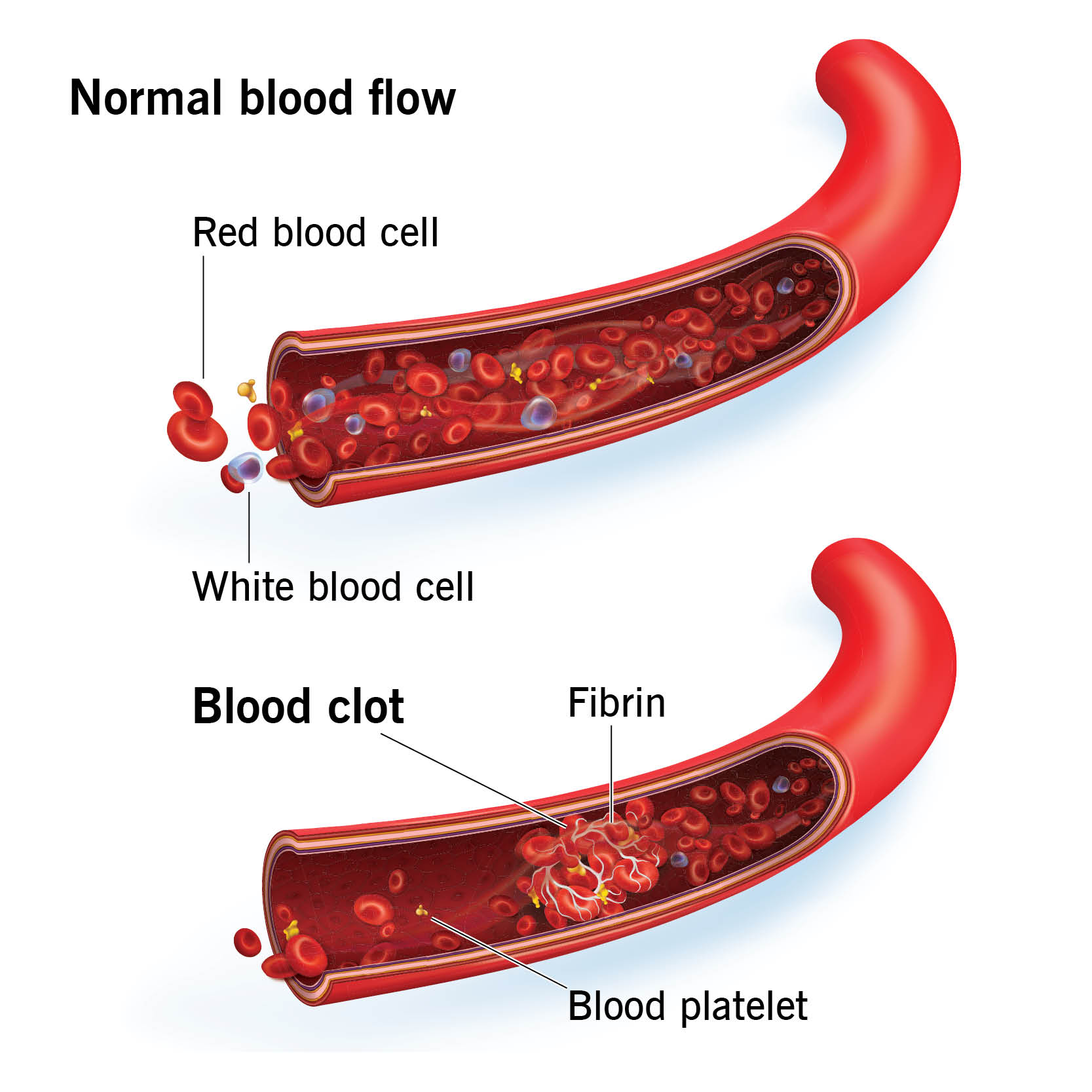Existing Treatment
D-dimer Test
- A blood test that checks for coagulation in blood[11].
- D-dimer is a protein your body makes to break down blood clots[11].
- Typically, an average person has a D-dimer level is less than 0.50[12].
- A D-dimer Test is positive when the D-dimer level is 0.50 or greater, meaning that the patient likely has blood clots or blood clotting problems[12].
Limitations of D-dimer Test
- A D-dimer test can’t tell where exactly in the body a blood clot has formed or why they formed in the first place[12].
- Additionally, D-dimer tests could give inaccurate results, and be used with caution when dealing with patients who are:
- Elderly
- Pregnancy
- Smokers
- Hospitalized
- This means that a D-dimer test has to be done in conjunction with many other coagulation tests to test if, where, and why clotting is occurring[12].
aPTT Test
- aPTT – activated partial thromboplastin time
- In an aPTT test, blood is taken from the patient’s arm, and the amount of time it takes for blood to clot is measured.
- aPTT tests are used to test to see how the intrinsic clotting pathway and the common final pathway are working by monitoring the factors prekallikrein, high molecular weight kininogen, fibrinogen and factors XII, XI, IX, VIII, II, V and X.
- This test is used to see if a patient has a problem with clotting factors, and to monitor people that are receiving heparin.
- A normal aPTT test will take 25-35 seconds
Limitations of aPTT Test
- Results are affected by things such as drugs, hematocrit, abnormalities in coagulation factors, fibrinogen, and high C-reactive protein[13].
- Longer Clotting time when there is lupus anticoagulant present[13].
- Nonspecific to Heparin[13].
- Uses high-frequency sound waves to visualize the blood flow in the body. [3]
Ultrasound (Doppler Ultrasound)
- Takes into account how objects moving away give off different echoes from objects moving closer since sound waves bounce off the flowing red blood cells can be used to determine the velocity. [3]
- If a velocity drops below a certain threshold then there is likely a blood clot
- Doppler ultrasounds can also detect many issues related to blood flow, such as heart defects, aneurysms, and tumors.
Limits of Ultrasound
- Since a technician can only image a small region, it is smart to image regions that commonly have blood clots, like the legs.[4]
- The average cost of a Doppler ultrasound is about $578 per use which is fairly expensive [5]
- This is especially costly since only a small region can be scanned at a time, so the amount of scans needed for the whole body would drastically increase the cost
- Ultrasound has trouble scanning DVT smaller than 5 cm. [5]
A D-dimer test measures protein fragments that are released when a blood clot dissolves. Source: Cleveland Clinic. https://my.clevelandclinic.org/health/diagnostics/22045-d-dimer-test
References
[6] Bounds, Emily J, and Stephanie J Kok. “D Dimer.” National Library of Medicine, 10 July 2023, www.ncbi.nlm.nih.gov/books/NBK431064/.
[7]Zeibi Shirejini, Saeedreza, et al. “Current and future strategies to monitor and manage coagulation in ECMO patients.” Thrombosis Journal, vol. 21, no. 1, 2023, https://doi.org/10.1186/s12959-023-00452-z.
[8] Sheldon G. Sheps, M.D. “Doppler Ultrasound: What Is It Used For?” Mayo Clinic, Mayo Foundation for Medical Education and Research, 31 Dec. 2019, www.mayoclinic.org/doppler-ultrasound/expert-answers/faq-20058452.
[9]“Doppler Ultrasound: Medlineplus Medical Test.” MedlinePlus, U.S. National Library of Medicine, medlineplus.gov/lab-tests/doppler-ultrasound/. Accessed 3 Dec. 2023.
[10] professional, Cleveland Clinic medical. “Doppler Ultrasound: What Is It, Purpose and Procedure Details.” Cleveland Clinic, my.clevelandclinic.org/health/diagnostics/22715-doppler-ultrasound. Accessed 3 Dec. 2023.
